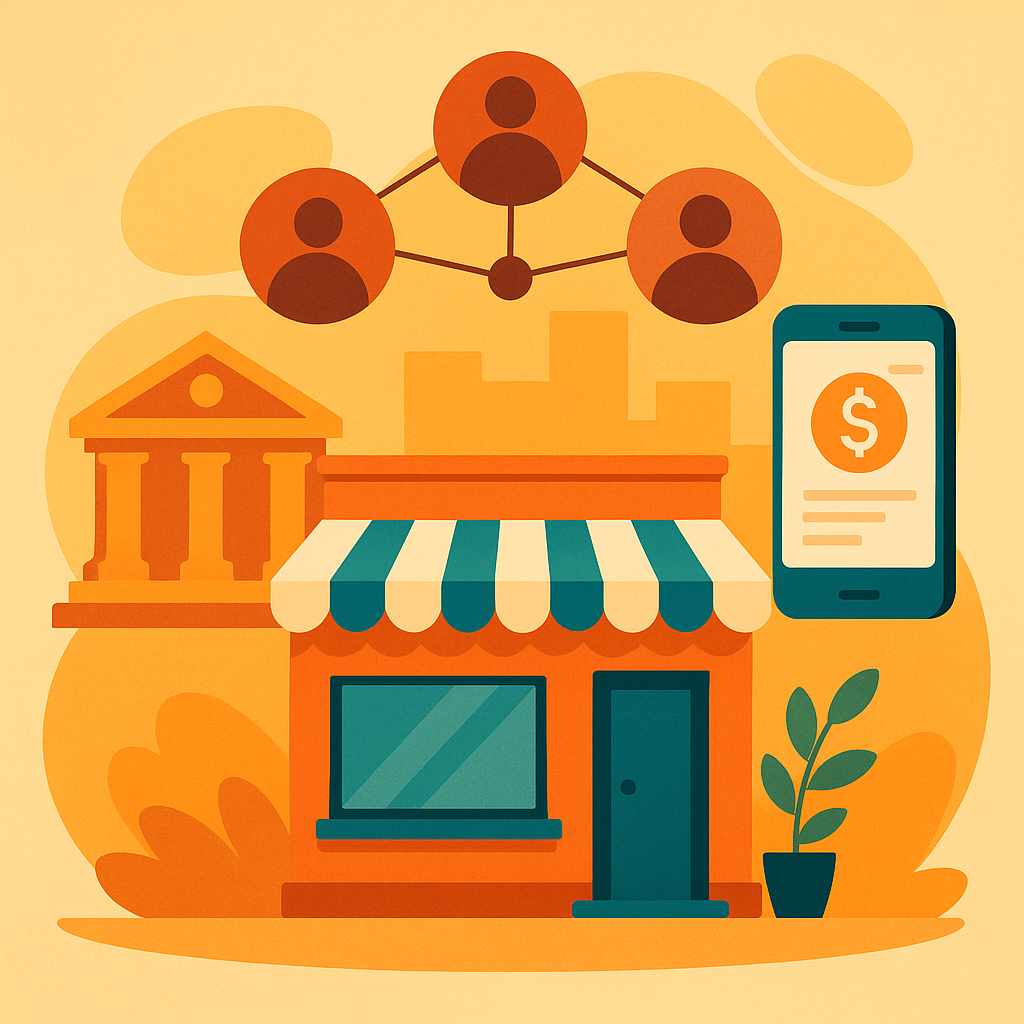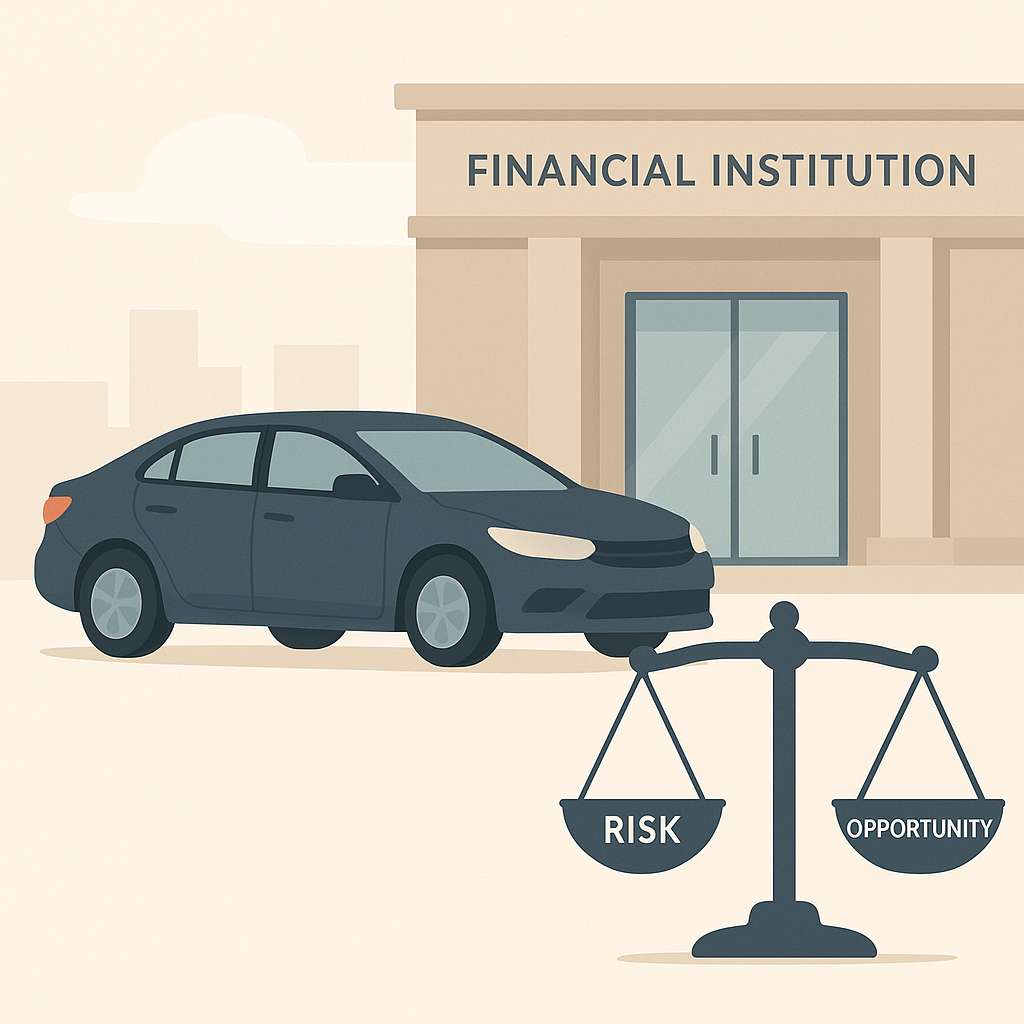Business loans for small enterprises: best options amid high interest rates
Business loans for small companies have become a critical resource in times of economic turbulence. As interest rates climb, entrepreneurs often struggle to balance access to funding with the cost of borrowing. Business owners are now seeking smarter ways to finance operations, expand their reach, or simply keep cash flow steady without falling into debt traps. Understanding the most reliable options available can make a significant difference in maintaining financial stability while pursuing growth.
Finding the right solution requires more than comparing interest rates alone. Entrepreneurs must weigh flexibility, repayment terms, and overall value. Some options, like government-backed programs, provide more accessible terms, while alternative lenders offer speed and less bureaucracy. Each path has benefits and risks, making informed decision-making essential. By exploring available opportunities, small business leaders can identify the strategies that align best with their long-term financial health.
Business loans for small enterprises

When evaluating financing, traditional banks remain the first stop for many entrepreneurs. While interest rates may be high, banks often provide structured repayment schedules and larger loan amounts. However, stricter requirements like strong credit histories and collateral make approval difficult for newer ventures. According to the U.S. Small Business Administration (SBA), government-backed loans can ease some of these barriers by guaranteeing a portion of the risk for lenders, improving accessibility for owners.
Online lenders have emerged as a compelling alternative. Platforms such as Kabbage or OnDeck streamline the application process and deliver funds quickly, often within days. Although interest rates may be higher than traditional banks, flexibility and faster approvals attract entrepreneurs who need urgent working capital. Short-term loans, lines of credit, and merchant cash advances fall into this category, providing adaptable solutions tailored to different needs.
Alternative sources worth considering
Beyond mainstream lenders, credit unions and community development financial institutions (CDFIs) offer unique advantages. These organizations often have a mission-driven approach, focusing on supporting underserved business owners. They may provide more personal guidance, lower fees, and terms designed to strengthen local economies. While loan amounts might be smaller, their focus on building relationships can be invaluable for long-term financial resilience.
Navigating high interest rate challenges
High interest environments require business owners to think strategically. Comparing loan types is crucial, but so is evaluating whether financing is truly necessary at the moment. Some companies may benefit from delaying large investments until conditions stabilize. Others might negotiate better terms by leveraging existing relationships with lenders. Exploring government resources or tax incentives can also help offset the burden of borrowing.
Cash flow management becomes even more critical in these times. By cutting unnecessary expenses, improving invoicing systems, or renegotiating supplier contracts, businesses can reduce reliance on external financing. As Investopedia highlights, controlling internal financial practices often provides greater relief than simply searching for cheaper loans. Strategic planning ensures that borrowed funds truly contribute to sustainable growth rather than adding unmanageable debt.
Practical steps to improve financing decisions
Before applying for a loan, entrepreneurs should assess their financial health thoroughly. Understanding credit scores, debt-to-income ratios, and projected revenues allows owners to approach lenders with confidence. Preparing a strong business plan can also improve approval chances, especially when applying for government-backed programs or approaching traditional banks.
Choosing wisely in a tough market
Now more than ever, for small enterprises, securing financing in a landscape of rising interest rates is a balancing act. Traditional banks, online lenders, credit unions, and crowdfunding all present opportunities, but each carries unique trade-offs. The best path depends on aligning financial products with a company’s current needs and long-term vision.
Entrepreneurs who adopt proactive strategies—such as strengthening cash flow, leveraging community-based resources, and preparing robust business plans—stand a better chance of finding favorable terms. With discipline and careful planning, business loans for small companies can become tools for sustainable growth rather than financial strain. Making informed choices today ensures a stronger foundation for tomorrow.















